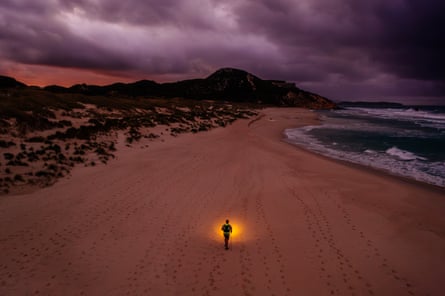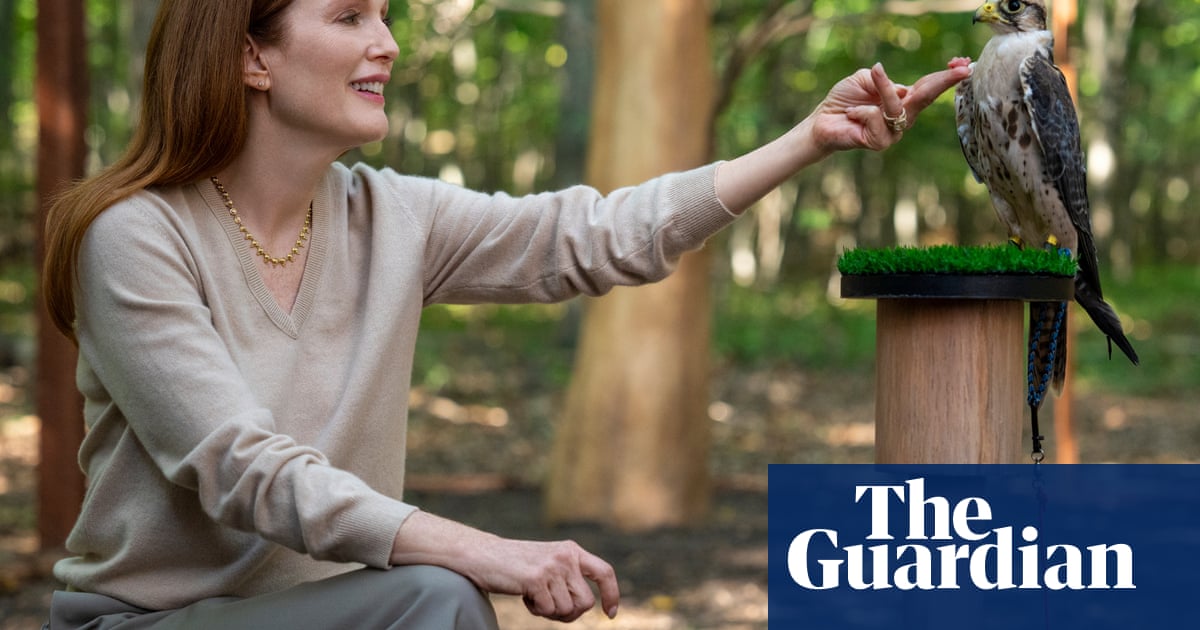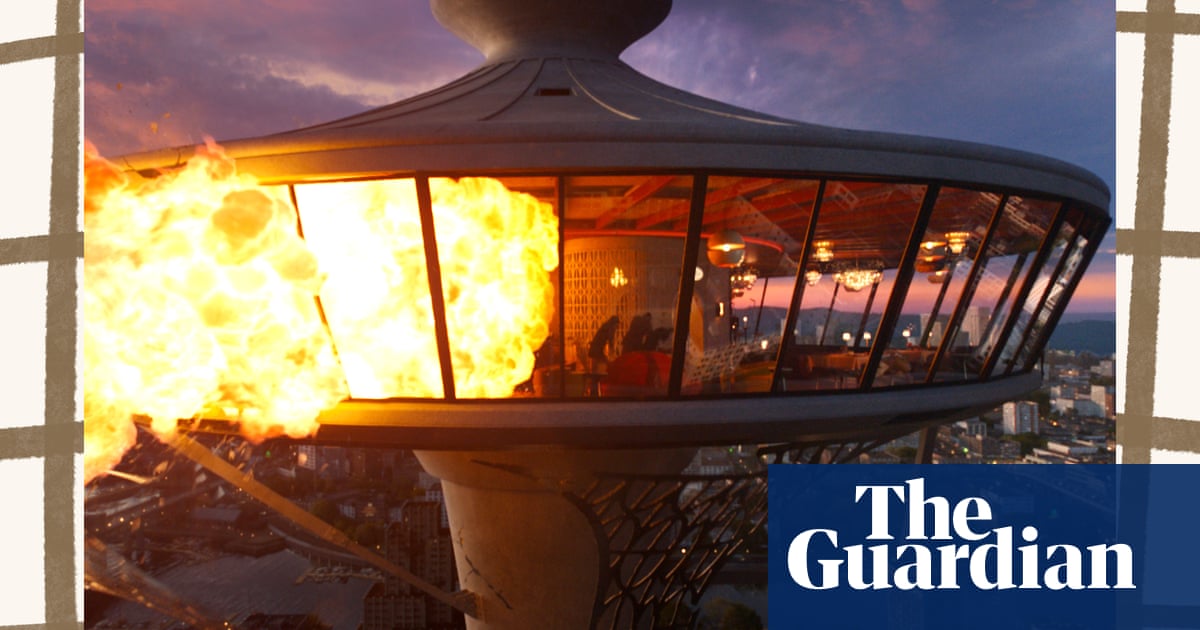During a 100 mile (160km) race around Mount Kosciuszko last year, I was caught in a lightning storm. I got talking to a fellow runner who was sheltering with me. She told me that there was an even longer race, out in Western Australia. “You must do it!” she said. “The food is incredible, and people share disgusting pictures of their toes afterwards.”
It sounded brilliant. The race is called Delirious West, a 200 mile run completed in a single push.
Why run 200 miles? For me, it’s the adventure. The opportunity to find out more about myself.
Ultra marathons – anything longer than the 42 km marathon – are becoming more popular. These are usually 50km or 100km, with some running to 100 miles (160km). And then there’s 200 miles (340km) – a niche within a niche. A marathon often takes 3-4 hours, 100km may be more like 15 hours. And 200 miles can be over 100 hours of running.
In Australia there used to be three 200 milers –Irrational South, Unreasonable East and Delirious West – each typically attracting 50-100 competitors.
This year the only 200 miler left is the Delirious West.
The format is simple – run 200 miles along the Bibbulmun track from Northcliffe to Albany (the route had to be changed this year because of bushfires), stopping at roughly 20 aid stations along the route, four of which double as sleep stations.
Most runners try to get at least a couple of hours sleep each night, but some do it on virtually no sleep. Many mix hiking and running. But there’s no magic formula, except the obvious: keep moving forward.
I’d heard from past runners that consistency was key. During the first few months of 2025, I ran 120km a week including five or six hour long runs running up and down a 400m hill on the banks of the Yarra River in Melbourne, often starting at 4am. But I had no idea how I’d get on in Delirious West – it was a leap into the unknown.
We started on a Wednesday morning at the Giant Tingle Tree, amid a stand of enormous gumtrees. The few hours before the start were tense. Runners checked their gear for the hundredth time, made tiny adjustments to backpacks, and nervously shared good lucks. I tried to zone out.“Just get to the first aid station”, I thought.
At 10am we got under way. We poured down the trail, lots of people cheering and waving. It was a relief to start. The first 100km was through dense, humid forest, along beach dunes and scrubby coastal bush. Not a massive number of hills, but a lot of energy-sapping sand. A bunch of us ran together, hooting and hollering as we went.

I got to the first sleep station after about 18 hours of running, just before dawn on Thursday morning. I tried to sleep but I was too wired. On the plus side, the waffles were delicious.
On the next section I tried two “dirt naps”. I had prepared a laminated sign, “Please don’t disturb, I’m having a dirt nap”. I set this out beside the path and then lay down among the creepy crawlies on the forest floor. But I was still too wired.
Even lying down briefly made a difference though, and I was keeping up a good jog as I headed to Tree Tops: some of the tallest and most impressive trees in Australia.
After Tree Tops the landscape changes, from forest through farmland and then back to the ocean at a place called Conspicuous Cliffs. I stopped at the Conspicuous Cliffs aid station, which marks roughly the halfway point, and ran along a stunning moonlit beach. At an estuary a jetskier was waiting, I jumped on the back, rode across the water and then jumped off and resumed my trudge up the beach.

By midway through the second night I reached an aid station at a place called Peaceful Bay. Sore and exhausted, I slumped down on a camp bed and at last drifted to sleep.
Forty minutes later, at about 1am, I got up, excited about restarting. Pack back on, I was off into the night.
I had now been running for about 35 hours and was coming towards the end of my second night. After a while, it feels like it’s your job – somehow trudging on felt natural. I felt better on day three than day one. Several aid stations later, my legs felt strong.But as I entered my third night things got odd. I was running along coastal paths where giant globe spiders had spun their webs, and I ended up with cobwebs and spiders across my shoulders and hair. On the ground there were thousands of little frogs. I was terrified of standing on one. I also started seeing robots along the path. Hallucinations are normal.
More alarmingly, I lost track of being in a race and started to think I might be out there for another reason – inspecting the paths? Doing research? The sensible thing would have been to have had a nap, but I just kept running.

At about 20km to go I hit a wall. I’d done about 310km by this stage, pretty much non-stop and running for 64 hours. I started to have an out of body experience, seeing myself looking pitiful and tired on the path. I tried to talk to myself but couldn’t work out if I was one person or two people.
But my “voice of reason” did just about cut through. I decided to break the next few km into 100m sections. I kept just thinking “Can you do the next 100m?” The answer was always yes, and so I kept going.
I finally ran into the finish at Albany at 7.45am – nearly three days after I’d started, for a time of 69 hours something: good enough for third place.
I’d done the run to learn more about myself. It felt amazing to know what I was capable of.
And yes, the toe photos were disgusting.

 6 hours ago
7
6 hours ago
7

















































